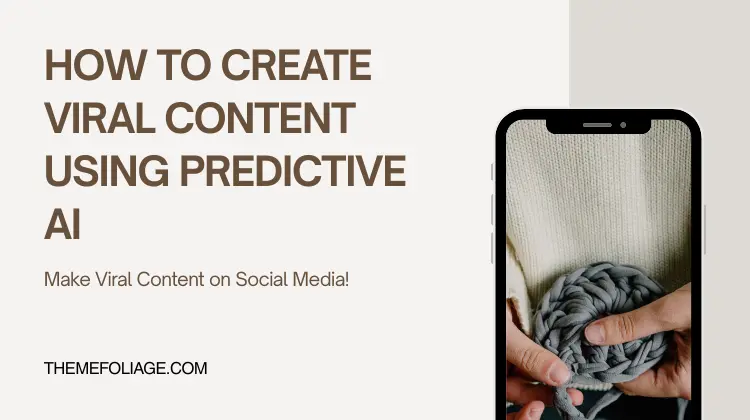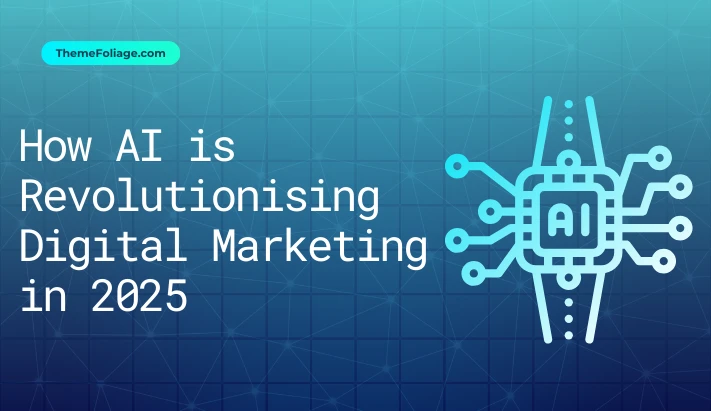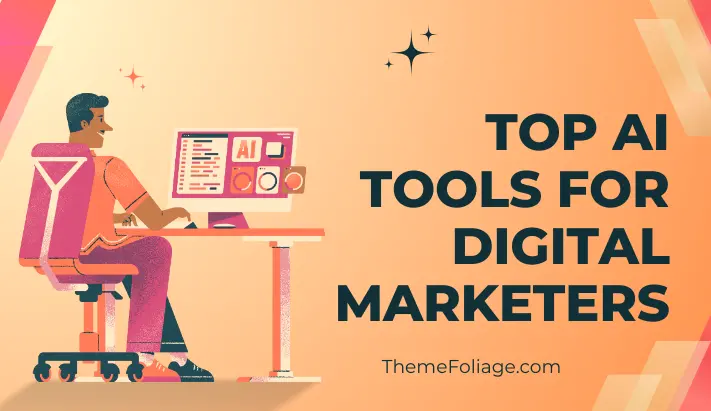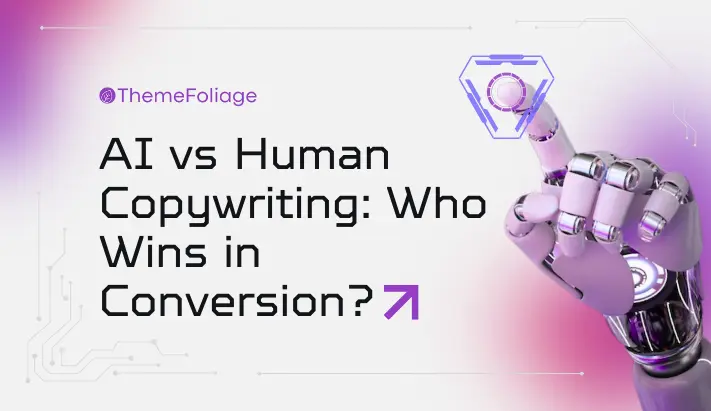In an era where attention spans are fleeting and competition for eyeballs is fierce, marketers need every advantage to craft content that breaks through the noise. Predictive AI for viral content offers that advantage.
By analysing vast amounts of data and forecasting trends before they peak, predictive AI tools enable you to generate ideas, titles and formats that resonate with your audience, and prompt shares, likes and comments at scale.
Why Predictive AI Matters for Viral Content
Traditional approaches to content ideation rely on intuition and retrospective analysis. By the time a topic appears popular in Google Trends or social feeds, it may already be saturating.
Predictive AI for viral content flips this model. Machine-learning algorithms scan social signals, search queries and behavioural patterns to forecast emerging themes. That early insight lets you strike while interest is rising, not falling.
Step 1: Identify Trending Topics Before They Peak
The foundation of any viral post is relevance. Use predictive AI platforms such as TrendSpottr (from US$49/month) or BuzzSumo’s Content Trends (from US$99/month) to uncover topics gaining momentum.
Input seed keywords, perhaps a niche within your industry, and let the AI surface subtopics and questions that are on the cusp of becoming mainstream. This process gives you a backlog of high-potential ideas that align precisely with your audience’s evolving interests.
Step 2: Craft Data-Driven Headlines
A headline can make or break your content’s shareability. Predictive AI for viral content often includes headline optimisation modules.
Tools like CoSchedule Headline Analyzer (free tier and from US$29/month for Pro) and Atomic Reach suggest structures, power words and length adjustments that statistically improve click-through rates.
Combine these insights with your own brand voice to author headlines that are both attention-grabbing and on-trend.
Step 3: Use AI to Optimise Format and Timing
Different platforms favour different formats, short videos on TikTok, carousels on Instagram, long-form articles on LinkedIn. Predictive AI tools such as ContentStudio (from US$49/month) and Lately.ai analyse which format resonates most with your followers by examining past performance metrics.
They then automate scheduling at peak engagement windows. By adopting this AI social scheduling hack, you ensure your content arrives when your audience is most receptive.
Step 4: Leverage AI-Powered Visuals and Multimedia
Visual appeal is critical to virality. Canva AI’s auto-design feature suggests layouts, colour schemes and typography tailored to trending aesthetic preferences. For video, tools like Lumen5 (from US$19/month) convert articles into polished clips with minimal effort.
Incorporating AI-generated imagery and video not only reduces production time but also aligns your visuals with the style that predictive AI identifies as most shareable.
Step 5: Monitor, Analyse and Iterate in Real Time
Once published, your work is not done. Predictive AI for viral content extends into performance monitoring. Platforms like Shield Analytics (from US$29/month) and Socialbakers use predictive modelling to estimate a post’s lifetime engagement trajectory.
If a piece underperforms, AI can recommend refinements, altering captions, experimenting with hashtags or repositioning content on different channels. This feedback loop ensures you learn and adapt faster than competitors relying on manual analysis.
Case Study: A Viral Post Born from Predictive AI
A lifestyle blogger used TrendSpottr to forecast an interest surge in “micro-adventures”. She crafted a long-form guide, optimised the headline with CoSchedule’s AI, and scheduled a launch via ContentStudio at peak morning engagement.
Multimedia snippets flowed to Instagram and Twitter, designed by Canva AI. Within 24 hours, the guide received 15,000 shares, 2,500 comments and drove a 60% uplift in newsletter sign-ups. The secret was acting on insights before the broader market caught on.
Best Practices for Predictive AI for Viral Content
- Validate AI suggestions against your brand ethos. Not every trending topic will suit your audience or values.
- Maintain a human editing layer. AI accelerates creation, but authenticity and narrative cohesion come from human writers.
- Experiment with multiple formats. Use AI to transform one post into a blog article, infographic and video series.
- Personalise where possible. AI can tailor content for segments, different headlines or CTAs for distinct audience clusters.
Selecting the Right Tools and Budgets
Your investment should align with your scale and goals. Entry-level predictive AI tools start around US$19–49/month, ideal for solo bloggers or small teams. Mid-tier platforms offering deeper analytics and automation range from US$99–249/month.
Enterprise solutions with full API access and white-label reporting can exceed US$500/month. Evaluate free trials rigorously and choose the suite that delivers actionable viral content insights without overburdening your budget.
Final Thoughts
Predictive AI for viral content is not a gimmick; it’s a strategic advantage. By forecasting trends, optimising headlines, automating visuals and refining in real time, you build a content machine that consistently outperforms intuition-driven efforts.
Start small—pilot one predictive tool, measure results over a month, then scale as you gain confidence. In 2025 and beyond, the brands that master predictive AI will set the pace for social engagement, audience growth and market authority.



